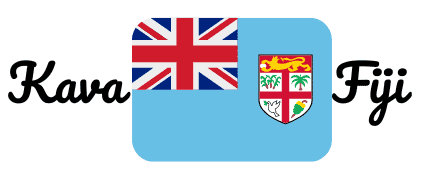The Fiji Kava Industry
The Fiji Kava industry has been through many ups and downs. As covered in our Fiji Kava History page, the “kava industry” can be traced all the way back to 1789, when the first recorded plantation was set up by Tanoa Visawaqa.
In this article we are going to cover the Fiji Kava Industry’s development since Fiji’s Independence on October 10th, 1970.

Taking Back control!

Fiji was one of the first countries to be granted independence from Great Britain after World War II. Since then, it has seen a wide variety of economic ups and downs that have affected its people and industries alike.
Upon gaining its independence, the Fiji government lifted bans that had been in place by the British Colonialists post WW2. The domestic kava market immediately flourished with kava traders and plantations evolving at light speed.
However, things hit a speed bump 10 years later. In 1976, the government banned exports of kava root, which had been exported primarily to New Zealand at that time. This ban remained in place until 1985, when it was lifted by President Ratu Sir Kamisese Mara’s administration. Since this time, Fiji has seen an increase in tourism and exports as well as other economic benefits. Nevertheless, many locals still depend on subsistence farming for their livelihoods.
The use of kava and kava as an industry immediately after Fiji Independence can be viewed as part of a larger pattern. That is, many countries that gained independence from Great Britain after World War II experienced similar patterns of growth and decline. However, few countries have managed to weather these trends quite so well as Fiji.
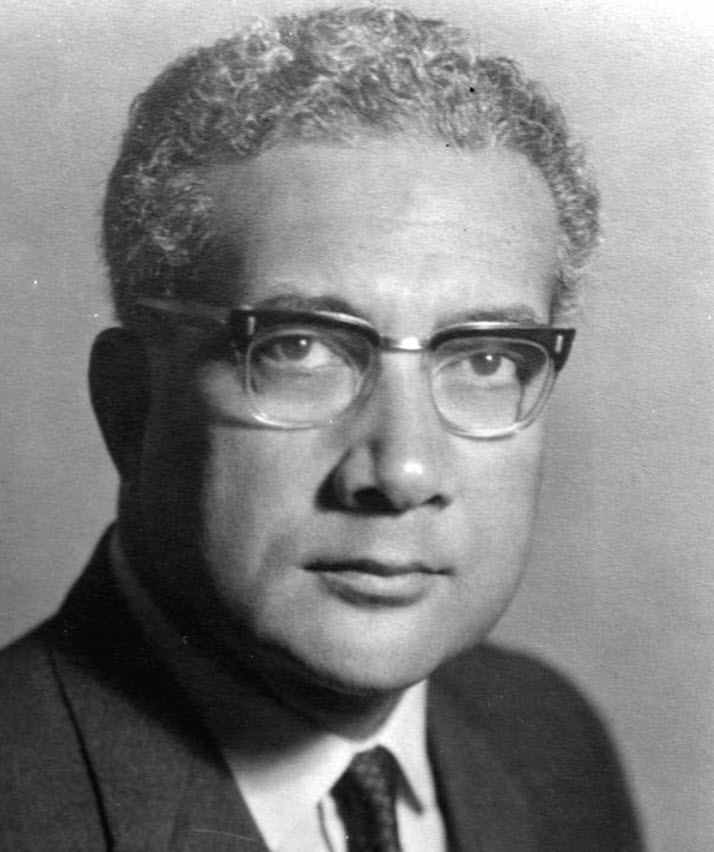
The Ban on Kava in the EU
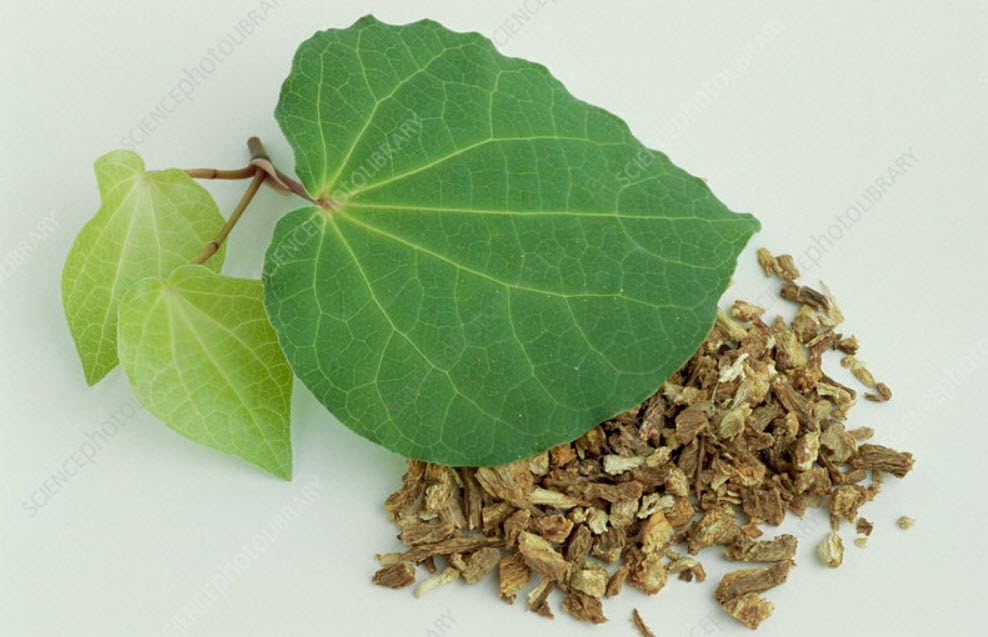
Following the 1985 change to the laws on kava in Fiji, the kava industry grew steadily until the mid-90’s. It was then that several pharmaceutical and to be fair, “snake oil merchants” began pumping kava products in the EU and the USA. This caused a boom in kava production. So much so that there was literally not enough stock to service the export requirements and the domestic markets. Unfortunately, this led to some exporters shipping what is now known as “above the first node” parts of the kava plant. This part of the kava plant is hepatoxic and kava was indirectly linked to some deaths in the EU. This led the EU to ban kava in 2002.
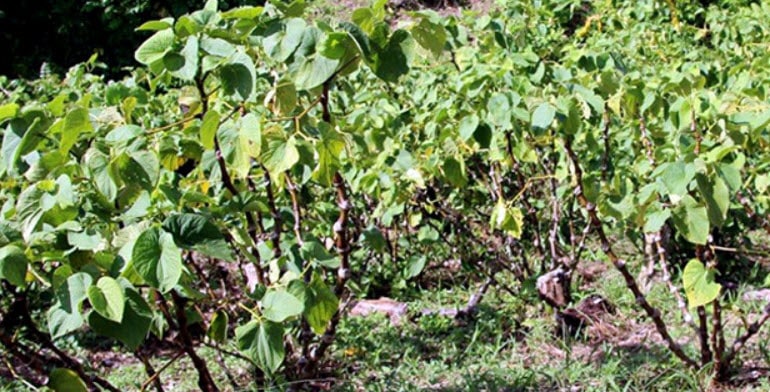
The EU ban on kava in 2002 was a devastating blow to the Fiji Kava Industry. As the largest market for kava, the EU represented about 80% of all exports. The ban made it impossible for Fiji to sell kava within Europe, and it also prevented them from exporting other products that were produced using kava as an ingredient.
The impact of the ban was immediate and devastating. The price of kava dropped by 50%, and many farmers were forced to abandon their crops to find other ways to earn a living. Many farmers turned to sugar cane production instead. Although more profitable than growing kava, it required significant investment in equipment and infrastructure costs.
The ban has had lasting effects on the Fiji Kava Industry that were felt even up to 2010. Farmers who abandoned their crops after the ban have been slow to return. In fact, many farmers have chosen not to resume production because they lost money when they abandoned their crops during a time when prices were low. In essence, were unwilling to take on further risk in hopes that prices will rise again someday soon (or ever).
The rise of the US market
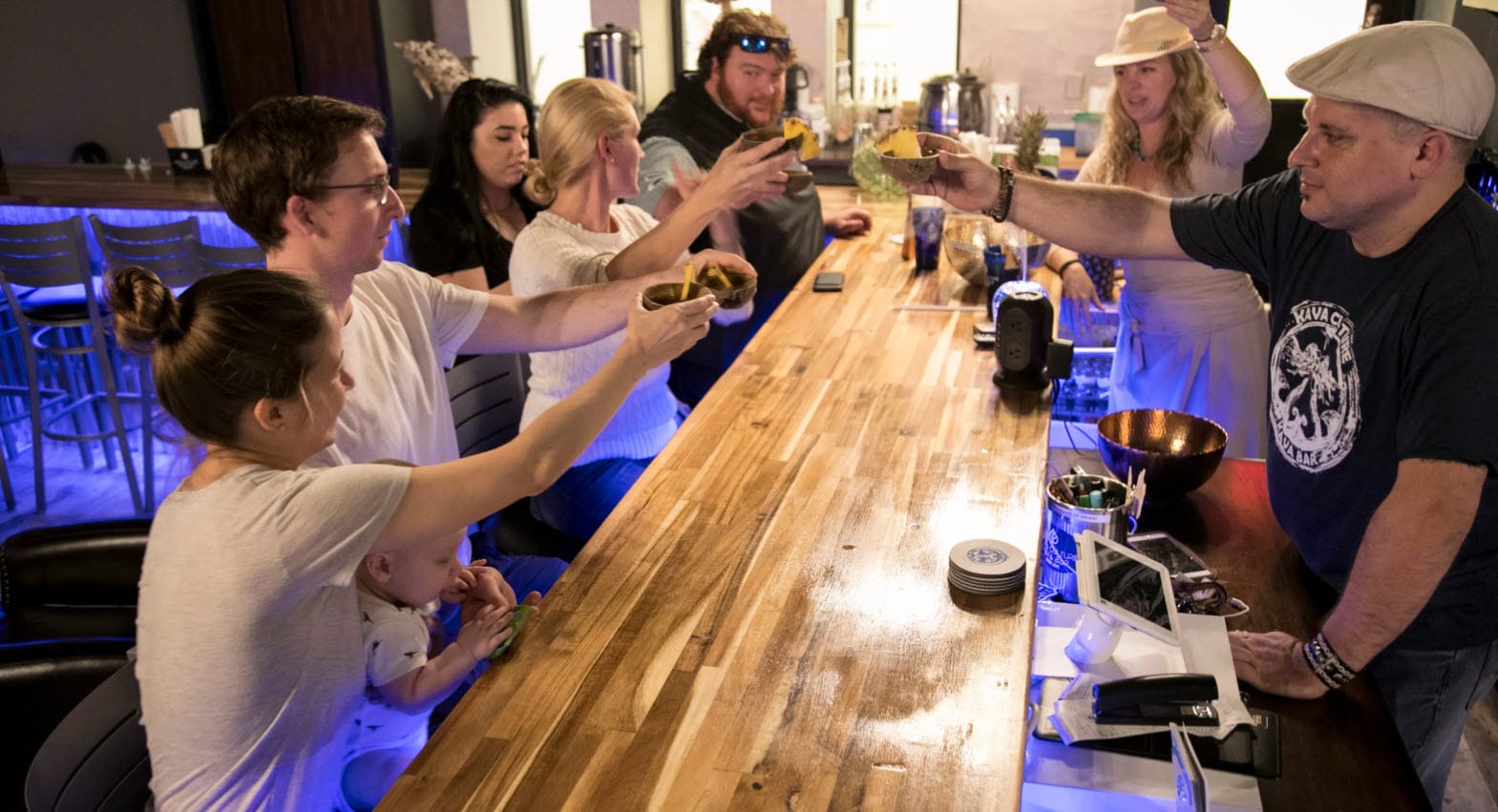
In 2002, the same year that At the EU kava ban eviscerated the Fijian kava industry, the first commercial kava bar in the US opened. Nobody gave it much thought. However, within 5 years there were over 40 kava bars. The majority of which sourced Fiji kava. At the same time as the boon in kava bars was happening ecommerce was also starting to grow and online kava businesses popped up everywhere.
It has now reached a stage that there are over 300 kava bars in the USA and over 50 online vendors that specifically sell kava.
Coupled with this was the USA’s use of kava as an herbal supplement. It’s important to understand that kava has very different uses in the US and Fiji. In Fiji, kava is used almost exclusively as a recreational drug, whereas in the US it’s primarily used as an herbal supplement. The latter usage allows for more growth in terms of production and distribution.
The US is now easily the largest consumer of Fiji kava in the world. In 2020, the total amount of kava shipped to the United States from Fiji was 3,500 tons. This is up from 2,500 tons in 2017.
Fiji Kava Exports to Australia
In January 2022, the Australian Federal Government allowed kava to be imported and sold commercially again. This was a reversal of the ban put in place in 2007. This saw a flurry of orders for Fiji kava placed by Australian importers.
In 2022, Fiji Kava exports to Australia amounted to $5.5 million. In the first quarter of 2022, Fiji Kava exports reached $1.7 million and in the second quarter it reached $1.6 million. The third quarter recorded an increase in Fiji Kava exports to Australia, reaching $2 million. The Australian market is expected to mature in the next 5 years, much like the US. Hopes are that Fiji kava exports will increase to over 5 million per quarter to Australia.
Looking to the Future.
To avoid potential issues that occurred in the past, like the 2002 EU ban, the Fiji kava Industry needs to address the following:
1️⃣ Exporting of only “below first node” kava plant material.
This is essential. As demand continues to grow, exporters will be tempted to flesh out their exports with “above first node” plant material. Correct Bio Security testing of kava exports cannot be allowed to fall away.
2️⃣ Climate Change
TC Pam devastated a large amount of the country’s kava stocks. That was in March 2015 and if another cyclone was to hit, kava prices would skyrocket and the demand in the US and Australia could drop away.
The current state of the Fiji Kava Industry sees it as an all-time high and makes up over 4% of the country’s GDP. With proper guidance by the various government departments and kava industry associations, its likely to reach 5% and more in the future.
